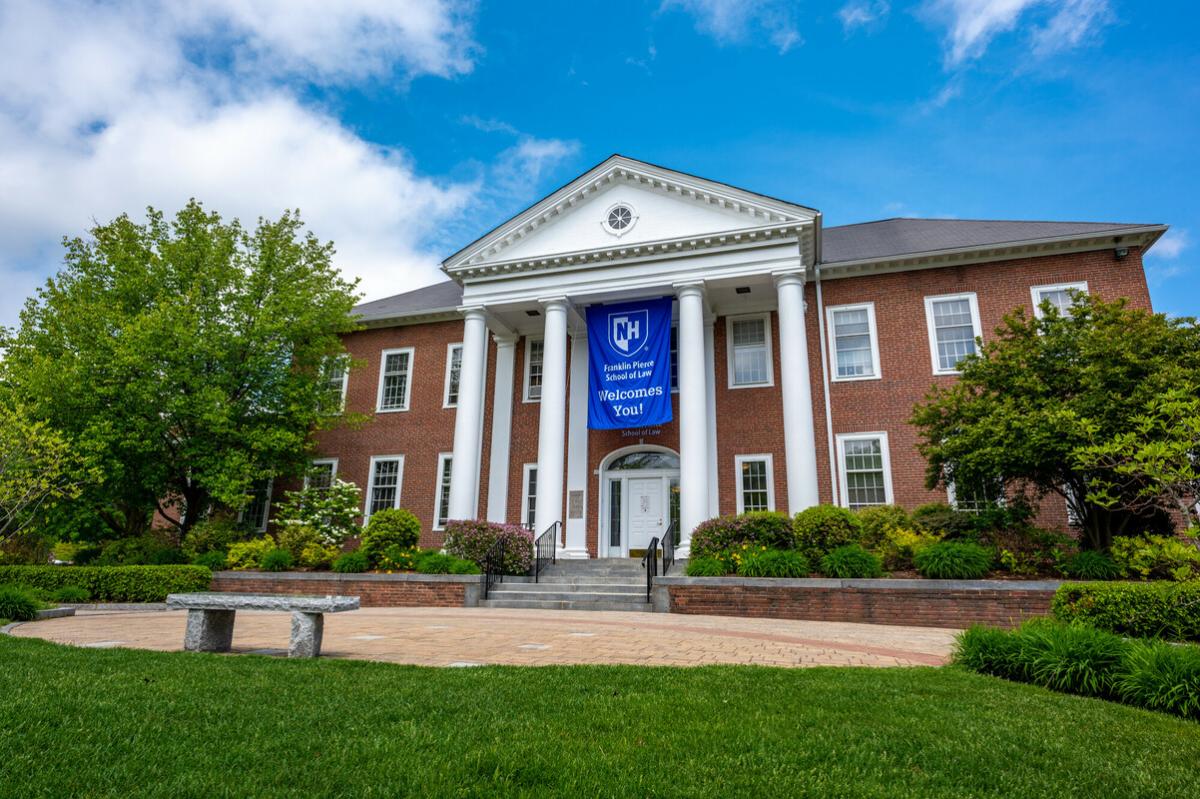
US News & World Report is altering aspects of its controversial law school rankings. They will no longer weight reputational surveys completed by deans, faculty, lawyers and judges as well as taking into account per-student expenditures that disproportionately benefit wealthier schools.
These changes do not fully address all the concerns expressed by law school leaders, but they do mark an encouraging step in the right direction.
How do rankings work?
Rankings are an important factor for students and parents when selecting colleges and universities, as they can influence admissions decisions as well as recruiting decisions.
Schools typically focus on one or two key areas that will set them apart from their rivals. This could be in a specialty area where they have an impressive program or in student support services and resources.
Rankings are usually determined using a weighted formula that takes into account both objective and subjective metrics that have been normalized onto a scale. This could include admissions rates, bar passage rates, employment rates shortly after graduation, budget per student, student-faculty ratio, library resources and reputation among tenured faculty and administration at other schools.
Law school rankings are an important indicator of the quality of legal education, as they demonstrate how well law schools prepare students to practice law in the real world and whether graduates find employment after graduation. Although these are certainly important considerations when selecting a law school, applicants should not rely solely on them when making their choice.
Rankings and their use in the admissions process are hotly debated. While some say rankings provide valuable information to students and parents when selecting a law school, others contend they are inaccurate and misleading.
Recent years, the rankings have come under increasing scrutiny with Yale and Harvard Law School withdrawing from them. These schools and other legal scholars contend that the methodology of the rankings encourages law schools to overincentivize tuition by giving more financial aid to applicants with high test scores and undergraduate grades.
Some in higher education have expressed concern over this growing divide between wealth and need, which they fear can exacerbate existing inequalities. Furthermore, some believe this methodology stifles public interest careers and disincentivizes law schools from providing assistance to students who need it most.
In November 2017, the new ranking methodology was revealed and it drastically alters how students who pursue fellowships or other post-graduation studies are scored. This reduces the emphasis placed on schools’ preparation of graduates for jobs in public sector jobs, encouraging them instead to explore less financially draining career paths.
What are the factors that go into rankings?
When applying to law school, don’t just rely on rankings. Consider other elements like location, tuition costs and financial aid available.
Location is often cited by legal professionals when asked what factors they take into account when selecting a college or university. Furthermore, most prospective students consider tuition costs and whether they can afford it.
Therefore, schools would naturally strive to attract the best students by providing them with all of their resources. As a result, colleges often spend substantial sums of money on recruiting and admissions programs.
For instance, they could provide financial aid, free tutoring or other services to assist applicants in improving their grades and/or chances of acceptance into law school. Doing so could boost their rankings and attract more highly-qualified students.
These efforts may also enhance a school’s reputation by drawing in top faculty, which could improve teaching quality and boost academic experience for students. However, it’s essential to remember that these advantages may only last temporarily and rankings can shift drastically without warning.
Another way schools attempt to boost their rankings is through creative data reporting. For instance, many schools count employment at non-law jobs when reporting graduate employment rates. In reality, a school’s employment rate only measures its graduates’ capacity for long-term success in jobs that require either a law degree or bar passage for advancement.
Schools may also be more likely to provide fellowships that encourage students toward public interest careers in exchange for increased tuition fees. These awards are usually funded by the school itself and thus contribute to improving its ranking overall.
But these efforts come with a cost: rankings can be manipulated to reflect an unfair or inequitable set of outcomes. This has sparked an increasing backlash by law schools that have pulled out of the rankings altogether.
US News & World Report announced Monday it will adjust its rankings in response to this uprising. The changes will give more weight to students’ outcomes such as bar pass rate and employment, while decreasing the importance of assessment surveys from academics, lawyers and judges. Furthermore, US News & World Report added that school-funded fellowships – which encourage individuals to enter public service careers – would receive increased consideration.
How do rankings influence the admissions process?
Rankings can be beneficial to students and parents when making college selection, but they should never be the sole consideration. When looking for the ideal college, consider factors like faculty ratio, graduation rate, academic programs, career placement opportunities, campus life and cost when making your decision.
Rankings can also be a deceptive marketing ploy. U.S. News & World Report lists colleges based solely on reputation, but neglects other critical components like financial aid, course offerings and campus life that contribute to college success; this could cause confusion when selecting the right college for you.
Selecting a college is most successful when you consider your individual needs and preferences, then select the college that best meets those goals, interests, and personality. This includes selecting an institution with similar social and cultural background as well as one offering what you require.
Many colleges are aware of this and do not use rankings in their recruiting process. Some have chosen not to participate, while others have stated their disbelief in their validity.
Some colleges have even gone so far as to falsify their SAT and ACT scores in an effort to boost their ranking status. This practice raises serious concerns, since it makes your tests appear more competitive than they actually are.
Furthermore, even top-ranked colleges may not be the ideal fit for you if they don’t feel like home to you and the environment does not support your academic aspirations. That is why visiting a college before making any decisions is so essential.
Another issue is that ranking is a highly subjective process and not all students are equal. Some may prefer larger class sizes, while others opt for smaller ones. Furthermore, some might prioritize career preparation over academic research and scholarly production.
Families must carefully consider the criteria they use when comparing colleges, and make sure to visit all those on their list. This will give students an impression of the campus and help determine if they are truly suitable for the institution.
How do rankings influence recruiting?
Law school rankings are one of the most essential tools you have when making a decision about your legal education. Therefore, it’s essential to comprehend their workings and how they might influence recruitment decisions.
Rankings are a popular tool used by applicants, parents and the general public to help decide where to apply or which schools to attend. Unfortunately, they’re not perfect and can have negative repercussions on students’ decision-making processes.
In some cases, rankings can even distort the quality of law schools. For instance, students may feel that higher-ranked schools are superior to lower-ranked ones, leading them to apply to more prestigious universities with a greater likelihood of acceptance.
Sometimes admissions officers may favor graduates of more prestigious undergraduate institutions. For instance, if an applicant from the University of Idaho has a similar GPA to that of a Harvard grad, admissions officers are less likely to take into account that mark when comparing her with someone from Harvard because the former may have taken easier courses than their Harvard counterpart.
Law schools can opt to forgo standardized tests like the LSAT in their admissions process. This is a common strategy among high-performing colleges and universities, making it harder for an admitted applicant from a non-elite university to demonstrate she’s just as talented as someone from Harvard or another top university.
Law schools that want to increase selectivity in their admissions process can benefit from this tactic. For instance, if they want applicants to take fewer standardized tests, they could make that policy mandatory for all students.
Finally, rankings can be used by law firms to identify top talent. For instance, firms often select summer associates and associate attorneys based on their class rank, scholastic honors, and GPA.
Ranking law schools is often done using the U.S. News & World Report rankings; however, applicants and schools have other methods available as well. These include Leiter’s rankings of student and faculty quality, TopLawSchools, and other sources of data.



